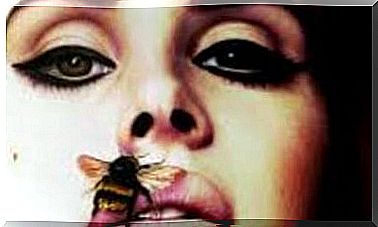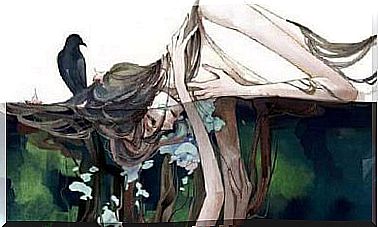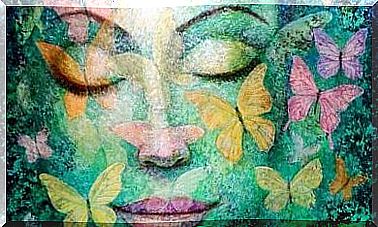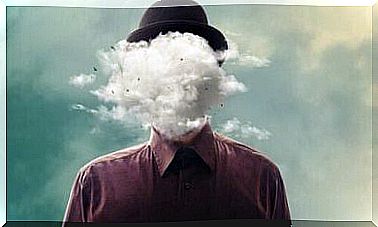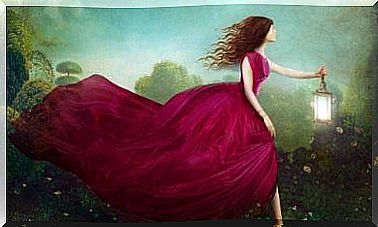The World Is Full Of Meaningful Details That Deserve Our Admiration

Some people look, but don’t see. Some hear, but don’t listen. Some do touch, but do not feel. That’s why I prefer people who have an eye and appreciation for the meaningful details and nuances of life.
I like people who know how to observe and take an inner journey. Because combining intentionality with excitement means a much more pleasant life.
Anthropologists and psychologists say that observation has always been the key to the survival of humanity. However, we have reached a point in our evolution that is defined by distraction.
Each of us is part of a nonstop, overstimulated society that ignores our senses but at the same time is unable to sleep. We want to do everything without really seeing what or who is in front of us.
Experts tell us that if we hadn’t been good observers by nature, we probably would have gone extinct. Our ancestors also used all their senses to perceive dangers or beneficial things. We tuned our hearing, sight, and sense of smell to capture every detail of our surroundings… Nothing escaped us.
Now, however, most of us have become lazy observers. Neither acoustic nor visual signals are enough to make us look up as we cross the street.
Not only do we perceive no danger, but some of us completely overlook the meaningful details and fascinating nuances that are part of life.
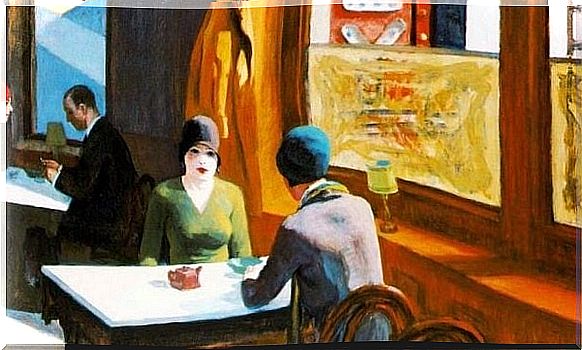
A good observer sees more than simple details
Meaningful details are like little bits of information in our world. A gesture, a look, a tone, a change of light, a tilted image, an insect drinking from a dewdrop… These are all nuances in our field of view. Yet we don’t appreciate them, perhaps because of a lack of willpower, perhaps because of a lack of time.
We must also remember that ‘seeing is not the same as looking’. To better understand this, let’s take a look at the above painting by Edward Hopper.
Some will simply rest their eyes at work for a few seconds without appreciating or noticing anything. Others, on the other hand, will look with intent.
They will define what they see, capture the soul of the painting, delve deeper into its meaningful details. In fact, they will think about it to the point that they can see themselves in it.
A good observer, one who transcends reality, will perceive the subtle puzzle that Hopper was trying to convey with this painting.
We see two women in a restaurant. The women look very similar, but we only see the face of one of the two. The women don’t seem to be very active in conversation, in fact, the woman whose face we see looks rather empty. This also applies to the other people we see in the restaurant. Everyone is in their own world, closed to their environment.
And the woman sitting with her back to us? She looks at herself, her doppelgänger, her other ‘I’, who sits opposite her, with a face as white as the furniture in the restaurant, pointing Hopper to her hollowed-out human essence.
‘Seeing’ is the first step of consciousness. It is a small ‘I’ that helps us to distinguish things, objects, people. However, it is the ‘looking’ that allows us to wake up, that gives us the opportunity to see the other side to connect with its soul and capture its essence.
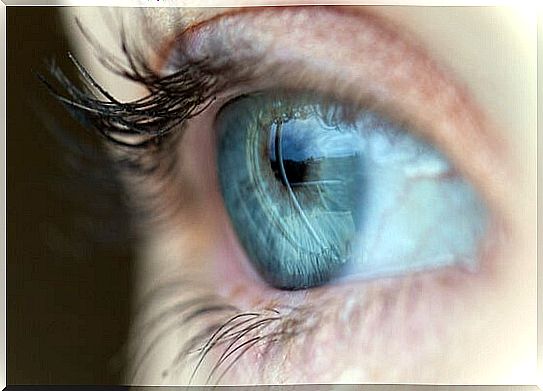
Interestingly, the Enneagram (a personality model) includes an “observer” personality, defined as a curious, innovative person. This person can distance himself from things to make his own judgment. It also has independent, simple and very insightful properties.
The world is full of meaningful details that deserve our admiration
In today’s society we see without looking. We are on our phones in a routine, mechanical and sometimes even obsessive way. We sit in front of the television and absorb everything thrown at us.
The same thing sometimes happens with our lives. We see and breathe, but we don’t live, at least not how we really could: with our eyes wide open and with an open heart.
One of the most interesting books on the subject is “Listen with Your Eyes” ( Escuchar con los ojos ) by Ferrán Ramón Cortés.
His point couldn’t be simpler. A man suddenly sees one of his most valuable colleagues quit her job. The main character does not understand why and realizes that he does not know her despite having worked with her for five years.
So he decides to improve his social skills. He decides to take up photography and learns to look at the subject in order to better understand his life. To capture details, to rise above them, to contemplate them.
He wants to see authentic people by working his way through the ‘layers of the onion’ one by one.
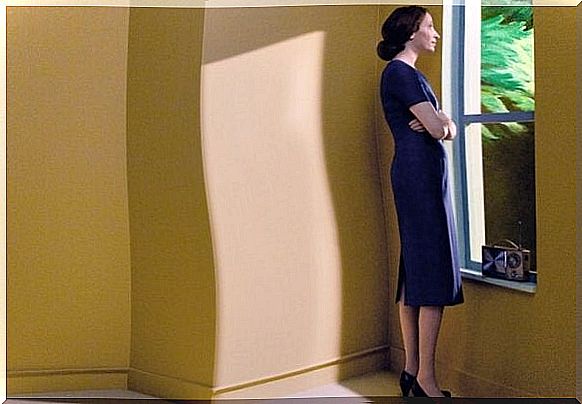
To conclude our story, we can all choose one of two options in our daily lives: just seeing life or looking closely at our reality, to be an active participant.
There is also a third, even more rewarding option, although it takes more time and willpower. It is the choice to ‘contemplate’ our lives. To touch the soul of things and immerse ourselves in its many mysteries and riddles.


